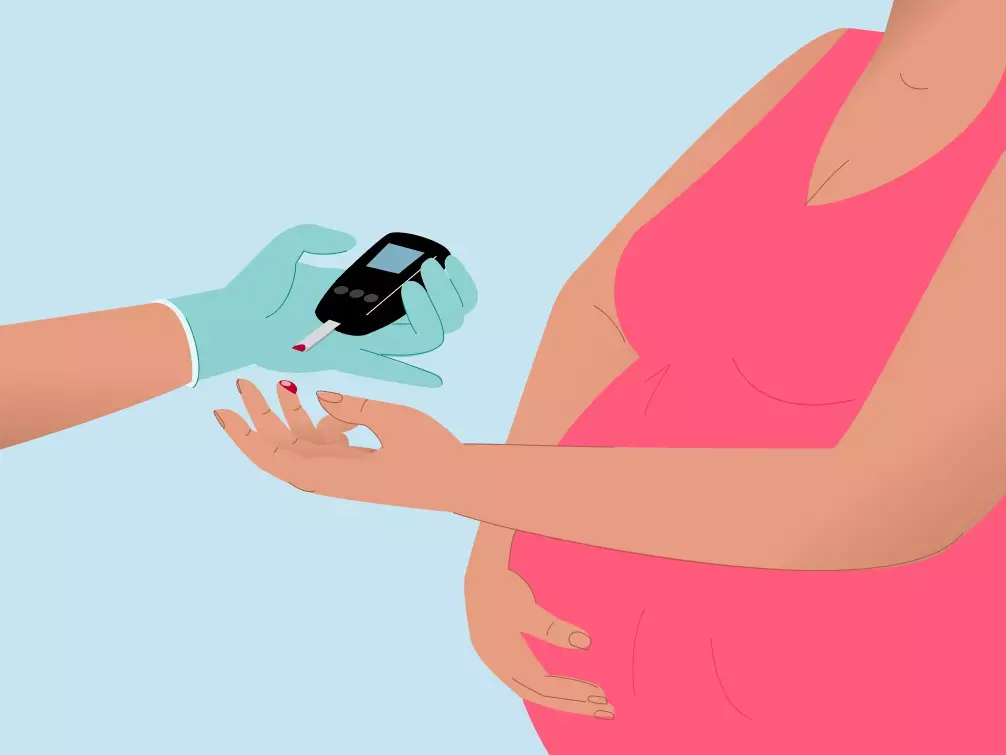- Home
- Medical news & Guidelines
- Anesthesiology
- Cardiology and CTVS
- Critical Care
- Dentistry
- Dermatology
- Diabetes and Endocrinology
- ENT
- Gastroenterology
- Medicine
- Nephrology
- Neurology
- Obstretics-Gynaecology
- Oncology
- Ophthalmology
- Orthopaedics
- Pediatrics-Neonatology
- Psychiatry
- Pulmonology
- Radiology
- Surgery
- Urology
- Laboratory Medicine
- Diet
- Nursing
- Paramedical
- Physiotherapy
- Health news
- Fact Check
- Bone Health Fact Check
- Brain Health Fact Check
- Cancer Related Fact Check
- Child Care Fact Check
- Dental and oral health fact check
- Diabetes and metabolic health fact check
- Diet and Nutrition Fact Check
- Eye and ENT Care Fact Check
- Fitness fact check
- Gut health fact check
- Heart health fact check
- Kidney health fact check
- Medical education fact check
- Men's health fact check
- Respiratory fact check
- Skin and hair care fact check
- Vaccine and Immunization fact check
- Women's health fact check
- AYUSH
- State News
- Andaman and Nicobar Islands
- Andhra Pradesh
- Arunachal Pradesh
- Assam
- Bihar
- Chandigarh
- Chattisgarh
- Dadra and Nagar Haveli
- Daman and Diu
- Delhi
- Goa
- Gujarat
- Haryana
- Himachal Pradesh
- Jammu & Kashmir
- Jharkhand
- Karnataka
- Kerala
- Ladakh
- Lakshadweep
- Madhya Pradesh
- Maharashtra
- Manipur
- Meghalaya
- Mizoram
- Nagaland
- Odisha
- Puducherry
- Punjab
- Rajasthan
- Sikkim
- Tamil Nadu
- Telangana
- Tripura
- Uttar Pradesh
- Uttrakhand
- West Bengal
- Medical Education
- Industry
Neck circumference may be effective indicator of gestational diabetes

Neck circumference may be effective clinical screening and prediction indicator of gestational diabetes suggests study published in Diabetes, Metabolic Syndrome and Obesity.
The objective of this study was to explore whether neck circumference can serve as an early predictor of the risk of Gestational Diabetes (GDM). A total of 318 singleton pregnant women who underwent routine prenatal examinations at Qinhuangdao Maternal and Child Health Hospital from September 2017 to September 2020 were selected and categorized into the GDM group and the normal glucose tolerance group (NGT) based on the results of the oral glucose tolerance test (OGTT) conducted during the second trimester. The general information and laboratory test results were compared and analyzed. Inter-group comparison was conducted using the t-test, and multivariate logistic regression analysis was employed to analyze the independent risk factors of GDM. The predictive threshold of various indicators for GDM occurrence during pregnancy was determined using the subject’s work curve. Results: The GDM group exhibited significantly higher levels of pre-pregnancy weight, pre-pregnancy BMI, neck circumference, waist circumference, hip circumference, triglycerides (TG), uric acid (UA), TG/HDL-C ratio, and waist-hip ratio compared to the NGT group. Additionally, HDL cholesterol (HDL-C) levels were significantly lower in the GDM group, and blood glucose levels at each point of the OGTT were markedly higher compared to the NGT group (P< 0.05). Multivariate logistic regression analysis revealed that neck circumference (OR=1.239, P< 0.001) and early pregnancy TG (OR=1.842, P< 0.001) were independent risk factors for GDM. The receiver operating characteristic analysis demonstrated that the optimal critical value of neck circumference for predicting GDM was 32.6 cm, with a sensitivity of 50% and specificity of 74.3%. The neck circumference during early pregnancy was found to be related to GDM, and the predictive cutoff point of 32.6 cm for neck circumference could be employed as a simple index to predict GDM in early pregnancy.
Reference: Li X, Bai L, Niu Z, Lu Q. Correlation Between Neck Circumference and Gestational Diabetes. Diabetes Metab Syndr Obes. 2023;16:4179-4185
https://doi.org/10.2147/DMSO.S439413
Keywords: neck circumference, gestational diabetes, obesity, predictive indicators, Li X, Bai L, Niu Z, Lu Q, Diabetes, Metabolic Syndrome and Obesity
Dr. Shravani Dali has completed her BDS from Pravara institute of medical sciences, loni. Following which she extensively worked in the healthcare sector for 2+ years. She has been actively involved in writing blogs in field of health and wellness. Currently she is pursuing her Masters of public health-health administration from Tata institute of social sciences. She can be contacted at editorial@medicaldialogues.in.
Dr Kamal Kant Kohli-MBBS, DTCD- a chest specialist with more than 30 years of practice and a flair for writing clinical articles, Dr Kamal Kant Kohli joined Medical Dialogues as a Chief Editor of Medical News. Besides writing articles, as an editor, he proofreads and verifies all the medical content published on Medical Dialogues including those coming from journals, studies,medical conferences,guidelines etc. Email: drkohli@medicaldialogues.in. Contact no. 011-43720751


